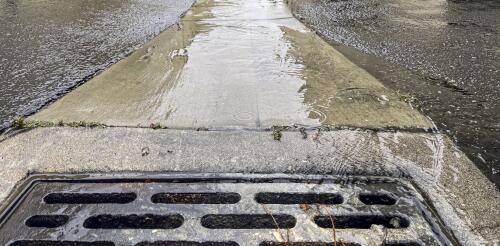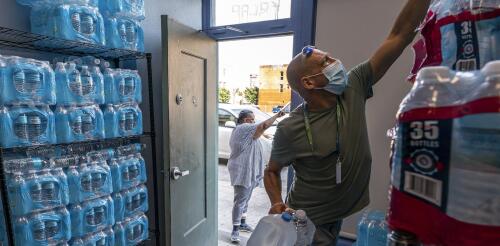Green roofs
“When it rains, it pours” once was a metaphor for bad things happening in clusters. Now it’s becoming a statement of fact about rainfall in a changing climate. Across the continental U.S., intense single-day precipitation events are growing more frequent, fueled by warming air that can hold increasing levels of moisture. Most recently, areas north of Houston received 12 to 20 inches (30 to 50 centimeters) of rain in several days in early May 2024, leading to swamped roads and evacuations. Earlier in the year, San Diego received 2.72 inches (7 centimeters) of rain on Jan. 22 that damaged nearly 600 homes and displaced about 1,200 people. Two weeks later, an atmospheric river dumped 5 to 10 inches (12 to 25 centimeters) of rain on Los Angeles, causing widespread mudslides and leaving more than a million people without power. Events like these have sparked interest in so-called sponge cities – a comprehensive approach to urban flood mitigation that uses i...
The heat dome that descended upon the Pacific Northwest in late June 2021 met a population radically unprepared for it. Almost two-thirds of households earning US$50,000 or less and 70% of rented houses in Washington’s King, Pierce and Snohomish counties had no air conditioning. In Spokane, nearly one-quarter of survey respondents didn’t have in-home air conditioning, and among those who did, 1 in 5 faced significant, often financial, barriers to using it. Imagine having no way to cool your home as temperatures spiked to 108 degrees Fahrenheit (43 Celsius), and 120 F (49 C) in some places. People in urban heat islands – areas with few trees and lots of asphalt and concrete that can absorb and radiate heat – saw temperatures as much as 14 F (7.8 C) higher than that. Extreme heat disasters like this are becoming increasingly common in regions where high heat used to be rare. Blackouts during severe heat waves can also leave residents who believe they are...

